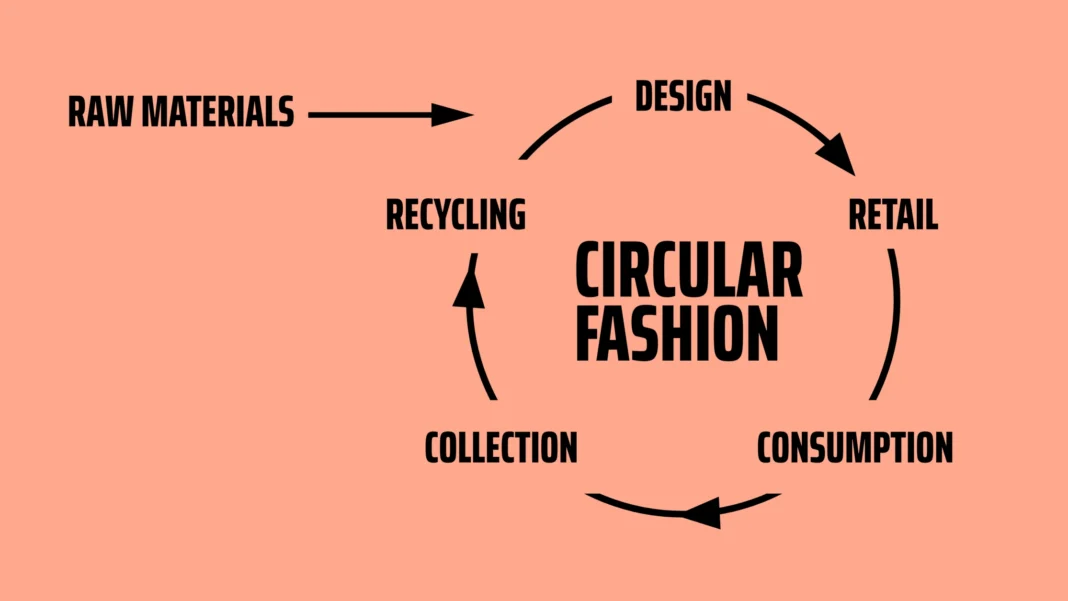Introduction
Last year, Maya opened her wardrobe and felt overwhelmed. So many clothes, yet nothing felt right. That’s when she discovered the concept of eco-chic, a fresh movement combining fashion with sustainability. As consumers grow more conscious, the fashion industry is undergoing a dramatic shift. No longer just about trends, it’s now about impact.
In this article, we’ll explore how sustainable and circular fashion is transforming the style world, why it matters, and how you can join the eco-chic revolution.
What Does Eco-Chic Really Mean?
Eco-chic is more than just a buzzword. It reflects a lifestyle choice rooted in ethics, sustainability, and timeless style. Rather than overconsuming fast fashion, eco-chic promotes mindful buying and conscious dressing. People embracing this movement opt for clothing made with organic materials, ethical labor, and zero-waste processes.
Interestingly, this shift isn’t just happening among eco-warriors. Major fashion houses, indie designers, and even high street brands are leaning into sustainable and circular fashion. They recognize that the future of fashion isn’t just about how it looks—it’s about how it’s made, worn, and recycled.
Why Sustainable and Circular Fashion Is Booming
Multiple factors are driving the boom. First, climate change awareness is rising. Shoppers now understand that fashion is the second-largest polluting industry. Because of this, they’re demanding better practices.
Second, documentaries and social media have made the dark side of fast fashion visible. People now question where their clothes come from and where they end up. Consequently, brands are shifting toward transparency and circularity. For example, Patagonia repairs old garments, while H&M offers recycling bins in stores.
Moreover, government regulations and global sustainability goals are pushing the industry toward greener practices. Brands that don’t adapt risk being left behind.
Key Elements of Circular Fashion
Circular fashion focuses on creating a closed-loop system where garments are reused, recycled, or upcycled instead of discarded. This model challenges the traditional “take-make-waste” cycle.
Here are its key components:
- Recycling Programs: Brands collect old garments to turn them into new materials.
- Upcycling: Designers transform old or discarded items into high-value fashion pieces.
- Rental and Resale Platforms: Services like Rent the Runway or Poshmark extend the life of fashion items.
- Durable Design: Clothing is created to last, not fall apart after five washes.
Together, these practices reduce landfill waste and conserve natural resources. More importantly, they shift how we view clothing—not as disposable but as valuable.
How You Can Embrace the Eco-Chic Lifestyle
Living eco-chic doesn’t require a complete closet overhaul. Start small by buying less and choosing quality over quantity. Opt for brands with sustainable certifications or transparent sourcing.
Additionally, consider swapping clothes with friends, exploring thrift shops, or renting outfits for special occasions. These steps lower your carbon footprint and often save money.
Even caring for your clothes properly—washing with cold water, air-drying, and repairing—adds to the impact. Every action counts, and collectively, small changes create meaningful results.
Conclusion
As eco-chic continues to rise, it’s clear that sustainable and circular fashion is more than a fleeting trend—it’s a movement reshaping the industry. Consumers now seek not just style but purpose in what they wear. By embracing sustainability, we help the planet and redefine what true fashion means.
So, next time you shop, ask yourself: Is this stylish? Is it also sustainable?

